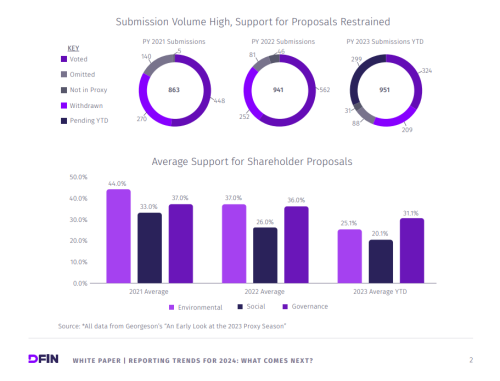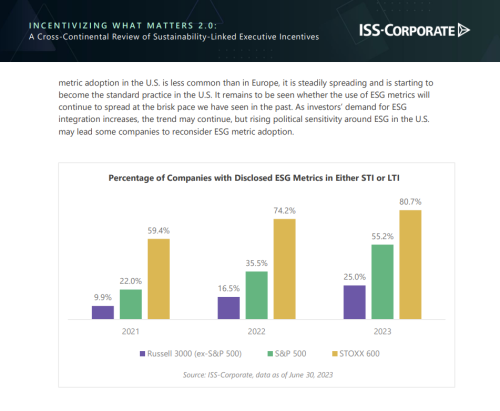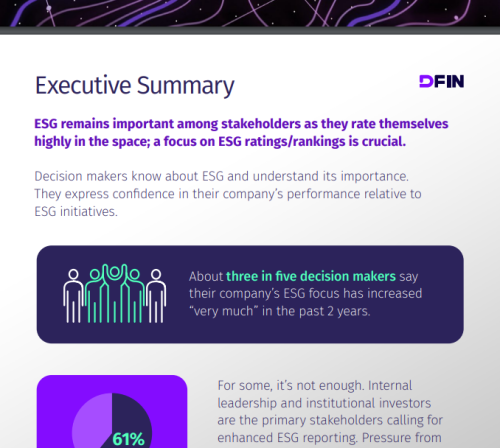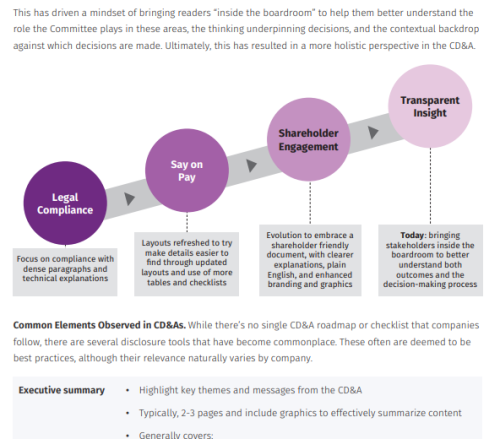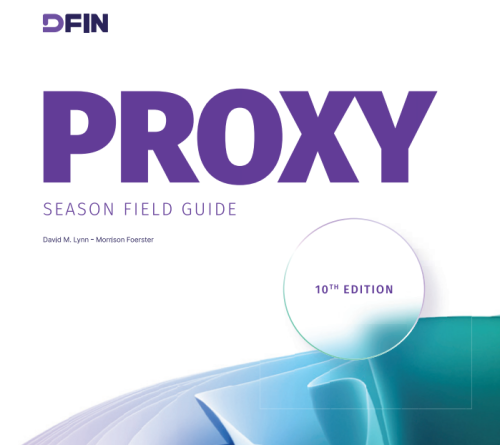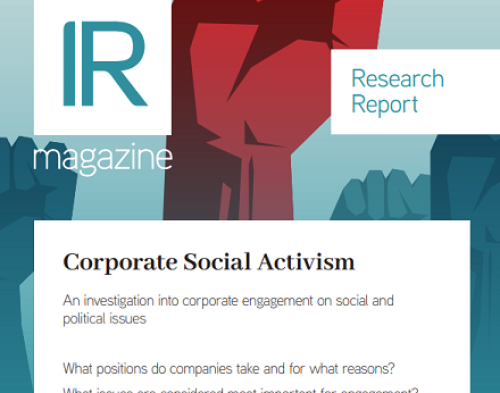Board diversity and, by extension, board composition, is one of the top corporate governance topics to be discussed each proxy season. While the most recent Spencer Stuart Board Index indicates that the rate of change of gender composition has sped up in recent years, the latest findings from IR Magazine’s Board Diversity research report suggest diversity is a topic still on the fringes of some investors’ minds.
Just under a third (30 percent) of investors surveyed globally say they have asked companies a board diversity question within the last year. This number is consistent across respondents from North America, Europe and Asia. Fund managers are most likely to ask questions about board diversity, with 40 percent saying they have discussed the topic with portfolio firms over the last year.
Speaking to IR Magazine’s online sister publication Corporate Secretary earlier this year, Jonathan Bailey, head of ESG investing at Neuberger Berman, explained that the firm’s approach to ESG analysis is to marry third-party data sources with proprietary research and then entrust the individual portfolio managers to use the data for their own questions. ‘When it’s someone like [our portfolio managers] doing the engagement, rather than a separate research or stewardship team, I think it becomes a dialogue that companies embrace and welcome,’ Bailey said.
The research also sought issuer perspectives, asking whether IROs had received investor questions on board diversity in the previous 12 months. Globally, 35 percent of respondents say they have. Around two in five North American respondents (41 percent) have faced a question on this topic, compared with 30 percent of Europeans and 37 percent of Asians.
What’s interesting, though, is the cap size breakdown: 54 percent of mega-caps and 52 percent of large caps have received board diversity questions, compared with just 24 percent of mid-caps and 21 percent of small caps. This demonstrates how the nature of corporate governance engagement can change significantly according to market cap size.
For instance, at a recent IR Magazine event, Greg Taxin, managing director at Spotlight Advisors, former activist investor and co-founder of Glass Lewis, said the governance concerns of investors at small caps often relate to CEO pay and board independence. At large and mega-cap companies, on the other hand, there is growing pressure to move beyond just one female board appointee, with diversity advocates arguing that you don’t gain the true benefits of diversity without at least two minorities in the boardroom. Sixteen US firms appointed a second female director to their board last year, according to the Thirty Percent Coalition.
Of course, boardroom diversity is one of the easiest ESG data points for investors to obtain: they can simply view the names and headshots of board directors that are now frequently included in proxy statements and AGM materials. This may account for IR Magazine’s research results, as there are several other indicators that board diversity conversations continue to evolve.
In 2020, State Street Global Advisors will vote against the entire nomination committee of all-male boards that have refused to enter into a dialogue for four years, as part of its Fearless Girl campaign. Next year ISS will also recommend voting against nominating committee chairs at S&P 1500 and Russell 3000 companies with no female directors, a move Glass Lewis took in 2019.
That could have a real impact in 2020, with EY’s analysis of the 2019 proxy season revealing that votes against the nominating committee chair on all-male boards have risen from just 7 percent in 2016 to 24 percent in 2019.
The full Board Diversity report is available to IR Advanced and IR Intel subscribers to IR Magazine and can be found at IRmagazine.com/reports-library.
This article was published in the Winter 2019 issue of IR Magazine.


